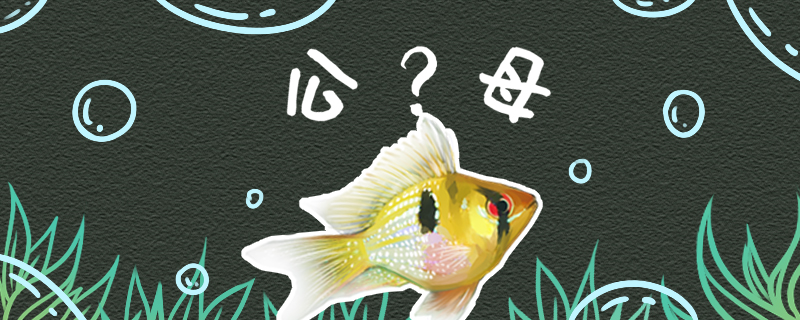
The Dutch Phoenix fish can distinguish the male and female by observing their appearance. Although the difference is very small, it can be distinguished by looking carefully. The female has a red belly, which becomes more colorful during estrus, and a flat dorsal fin. The male fish has a high dorsal fin with a red edge and a black spot on the back, which looks better than the female.
1. Parent fish into the tank: Dutch Phoenix fish are usually naturally paired, and the success rate of artificial pairing is not high. Therefore, we should pay attention to the observation, in the estrus period to see if there are female fish genital prominent, slightly red belly, and male fish into pairs. If so, they can be fished out and placed in special breeding tanks to avoid attacking each other with other fish.
2. Water quality and temperature: In order to provide a more suitable breeding environment for the Dutch Phoenix, and also for the hatching of fish eggs, attention must be paid to the water quality and temperature in the breeding tank. The temperature should be controlled at 29 ℃, the pH should be 7.5, and the hardness should be maintained at about 4. It should be noted that the hardness and Ph are not fixed, but the temperature must be low.
3. Waiting for reproduction: After the parent fish adapt to the environment of the breeding tank, they will find a flat stone as a breeding ground and lay the eggs on it. After spawning, the parent fish will continue to care, including feeding after hatching, and will be led by the female fish.
4. Open feeding: After the small fish have been hatched for 5 days, they basically have to feed themselves. At this time, they should be fed with the larvae of migratory water and brine shrimp. Generally, it is better to use live bait, but attention should be paid to disinfection. Frozen bait can also be used. Generally, artificial feed can be fed only after they grow up a little.